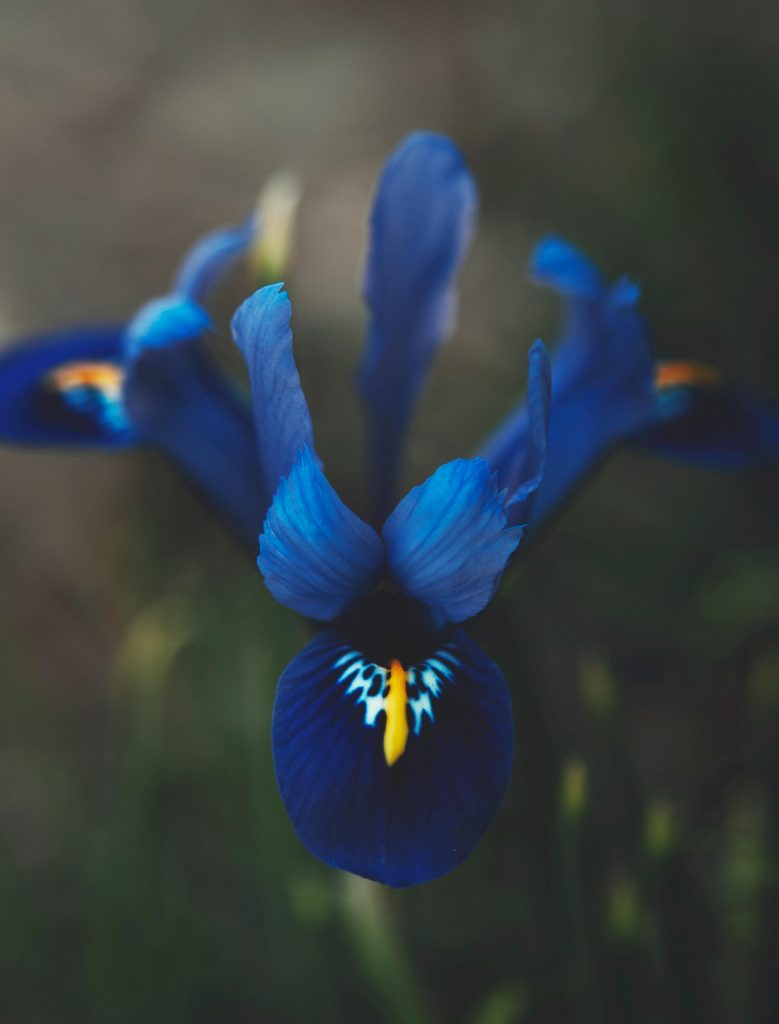
Exploring the Beauty of Iris Reticulata: A Miniature Marvel
In the realm of springtime blooms, few flowers captivate the imagination quite like the Iris reticulata. Despite its diminutive size, this charming iris species packs a powerful punch of color and elegance, making it a beloved addition to gardens, borders, and containers alike. Join us as we delve into the world of Iris reticulata, uncovering its fascinating characteristics, cultivation tips, and the magic it brings to early spring landscapes.
Introduction to Iris Reticulata
Originating from the mountainous regions of Turkey, Iran, and the Caucasus, Iris reticulata belongs to the family Iridaceae. Commonly known as the netted iris or dwarf iris, this petite perennial bulb typically reaches a height of 6 to 8 inches (15 to 20 cm). What it lacks in stature, it more than makes up for in beauty, with striking flowers that emerge in late winter to early spring, often before the snow has fully melted.
Unveiling Its Splendor
The allure of Iris reticulata lies in its exquisite blooms, which showcase a symphony of colors ranging from deep purples and velvety blues to vibrant yellows and delicate whites. Each flower features intricate markings and a distinctive “fall” or downward-facing petal adorned with veining, adding to its ornamental appeal. The blossoms, reminiscent of miniature orchids, emit a subtle fragrance that attracts early pollinators, such as bees and hoverflies, eager for a taste of springtime nectar.
Cultivation and Care
For those enchanted by the beauty of Iris reticulata, cultivating these charming bulbs in the garden or containers is a rewarding endeavor.
Planting: Choose a sunny to partially shaded location with well-draining soil. Plant bulbs in the fall, approximately 3 to 4 inches (7 to 10 cm) deep and 3 to 4 inches (7 to 10 cm) apart, ensuring the pointed tips face upwards.
- Watering: Keep the soil evenly moist during the growing season, especially in the weeks leading up to and during flowering. Avoid overwatering, as this can cause bulb rot.
- Fertilizing: Apply a balanced fertilizer or a bulb-specific fertilizer in early spring as new growth emerges, following the manufacturer’s instructions for dilution and application.
- Mulching: Mulch the soil surface with a layer of organic material, such as compost or shredded leaves, to conserve moisture and suppress weed growth.
- Maintenance: After flowering, allow the foliage to die back naturally, as this helps replenish the bulb’s energy reserves for the following year. Avoid cutting or removing the leaves until they have turned yellow and withered.
- Propagation: Iris reticulata can be propagated by division, typically performed in late summer to early autumn when the bulbs are dormant. Carefully dig up the clumps, separate the individual bulbs, and replant them at the appropriate depth and spacing.
Landscape Uses and Companions
Iris reticulata lends itself to a variety of garden settings and design schemes, whether planted en masse in drifts and borders, nestled among early spring perennials, or showcased in containers on patios and balconies. Pair it with complementary companions such as snowdrops (Galanthus), crocuses (Crocus), and early-flowering primroses (Primula) for a captivating display of springtime splendor.
Conclusion
In the tapestry of spring blooms, Iris reticulata emerges as a true gem, weaving its magic with exquisite flowers and undeniable charm. From its humble origins in the rugged mountains of Eurasia to its coveted place in gardens around the world, this miniature marvel continues to enchant and delight all who encounter its fleeting beauty. Embrace the spirit of early spring and welcome the netted iris into your garden, where it will undoubtedly leave a lasting impression for years to come.
Magnificent site. A lot of useful information here. I am sending it to a few buddies ans additionally sharing in delicious. And of course, thank you to your effort!
I’ve been surfing online more than 3 hours nowadays, yet I never discovered any attention-grabbing article like yours. It?¦s lovely value enough for me. In my opinion, if all site owners and bloggers made just right content as you probably did, the web can be much more useful than ever before.
You have brought up a very fantastic details, appreciate it for the post.
Thanks for another wonderful post. Where else could anyone get that type of info in such a perfect way of writing? I’ve a presentation next week, and I am on the look for such info.
Hello, you used to write magnificent, but the last few posts have been kinda boringK I miss your great writings. Past few posts are just a bit out of track! come on!
I enjoy what you guys are usually up too. This sort of clever work and coverage! Keep up the awesome works guys I’ve incorporated you guys to our blogroll.
Thanks for sharing superb informations. Your web site is so cool. I am impressed by the details that you¦ve on this website. It reveals how nicely you understand this subject. Bookmarked this web page, will come back for more articles. You, my friend, ROCK! I found just the information I already searched everywhere and simply could not come across. What a perfect web site.
Pretty! This was a really wonderful post. Thank you for your provided information.
It’s hard to find knowledgeable people on this topic, but you sound like you know what you’re talking about! Thanks
Thank you a bunch for sharing this with all of us you actually know what you are speaking approximately! Bookmarked. Please also visit my web site =). We will have a hyperlink alternate contract between us!